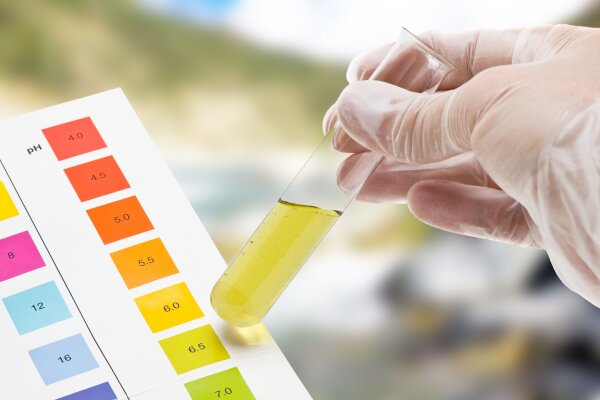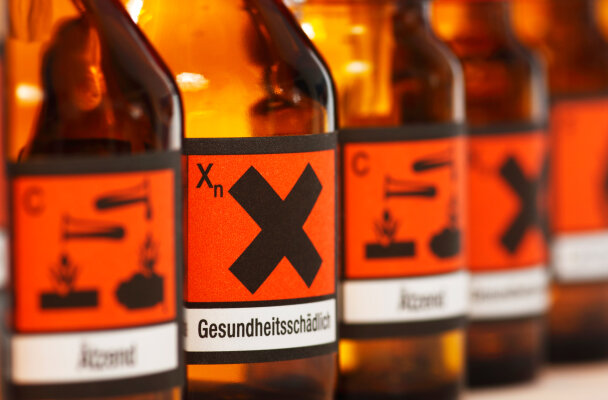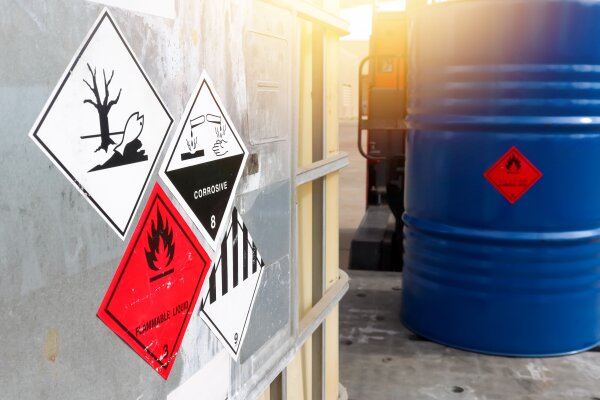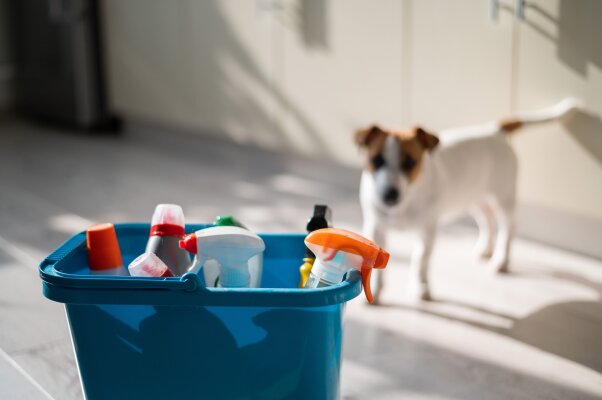Novel pH measurement – with colors and light

COLOpHonbreakthroughph value-project from the Münsterland region: Researchers at the Bocholt Department of Bionics have developed an innovative method for measuring the pH value. This is a colorimetric pH sensor that is to be applied with a view to performing online measurements. The project with the promising name “KOLOpHon“is already making waves in a wide variety of scientific fields.
Measuring pH values with colors
The name of the project “KOLOpHon“combines three segments: the abbreviation “KOLO” symbolizes the element of color, “pH” stands for the degree of acidity, and the “on” indicates that it is a measurement via the Internet. Aim of the KOLOpHonaim of the project is to one day conceptualize a sensor that could be placed in a field or embedded in a stream. This should greatly facilitate investigations of acidity in nature.
Ambitious goalsfor pH measurement
Prof. Dr. Andrea Springer und ihr Team vom Campus Bocholt der Westfälischen Hochschule haben es sich zur Aufgabe gemacht, den Säuregehalt von Gewässern und Böden dauerhaft messen und die generierten Daten über das World Wide Web to a measurement network. The new discovery of pH measurement is still in its infancy, but already the project seems extremely promising.
The classic method for pH measurement
It is good practice to hold pH measuring strips in a semi-solid medium or in a solution and thus determine the pH value. What is certainly beneficial for learning purposes at schools and universities, however, is not sufficient in the world of science. The test strips are quite helpful to get a first overview. However, there can be no talk of exact measured values. Accordingly, the researchers are making use of highly sensitive devices that are intended to replace the usual pH measuring strips. In all those areas where precision and efficiency are required, precisely working, modern measuring technologies are indispensable.
A special form of sensor calibration
It all began with a simple test rig in the laboratory: Prof. Dr. Andrea Springer and her colleagues filled rectangular, transparent cuvettes with liquid substances, each with firmly defined pH values. Based on their nature, the solutions formed a color series. The filled measuring glasses were then illuminated from one side with bright LED light, while a special camera was used to record the light beam that emerged from the opposite side. In this way, the team generated red-yellow-blue values that could be used for sensor calibration.
During the test phases, classic pH measurement methods will be used to prove whether the novel measurement methods actually deliver what the Bocholt research team expects. If the results are satisfactory, it will be a matter of separating the indicator and the test solutions from each other. Consequently, it should no longer be necessary to add an additional indicator. Instead, it should be sufficient in the long term to bring the calibrated sensor into contact with the respective medium to be measured. However, to ensure this, another investigation project must be initiated. It could be a while before the hoped-for final results are achieved. Nevertheless, the research team is already more than satisfied with what has been realized so far.
This is what the pH measurement technology of the future is supposed to do:
- more efficiency
- simple handling
- highest precision
- Permanently reliable service portfolio
- highly functional and at the same time low-maintenance
Measurement technology on the test bench
The pH measurement technology available to date is quite powerful. However, it consists of an electrical electrode with glass components. For safety reasons, a reference electrode must therefore be used because the risk of glass breakage in the course of performing the measurements is currently still quite high. In addition, there is a risk of the electrodes drying out, so that checks have to be carried out at short intervals. This is the only way to find out whether or not they are still functioning in accordance with the standards. Dies ist einer der Gründe dafür, dass eine feste Implementierung zum gegenwärtigen Zeitpunkt noch nicht möglich ist.
Prof. Dr. Springer does not give up. She and her team will continue to work with high commitmentto find pH measuring strips that work with a normal universal indicator and deliver precise color values. Auch soll die bauliche Konzeptionierung verändert werden, um eine höhere Bruchsicherheit zu gewährleisten. With a clear goal in mind, we move on – toward the future.
Do you have comments or questions about the topic or would you like to share a topic suggestion for our upcoming posts as well as our YouTube channel? Then do not hesitate to contact us at any time. We openly accept your suggestions.




